
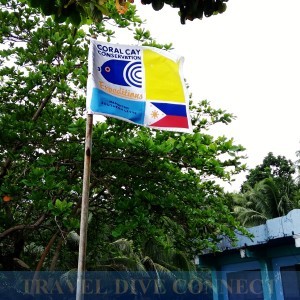
For my Southern Leyte trip, the first stop was Coral Cay Conservation‘s base camp. This was right next to Napantao, the province’s oldest MPA (marine protected area). It was an opportunity to check out the MPA and see volunteer tourism in action.
Volunteer tourism refers to individuals who visit other countries as volunteers for international organizations that have local programs, usually in disaster-assistance, health, education and the environment. It has been criticized for its supposed short-term results, and the inexperience of its volunteers.
Coral Cay presents the positive side of volunteer tourism. It counts almost two decades of local presence, more than 8 years of which have been spent in the province, at the camp I was to visit. With reef assessment, education and conservation as its focus, the organization has helped several municipalities of Southern Leyte place expanses of water under protection. It trains not just volunteers, but also Filipino scholars who are interested in scuba diving, reef assessment and marine conservation. It reaches out to its neighboring barangays through programs that encourage ocean appreciation and conservation.
The Life of A Volunteer
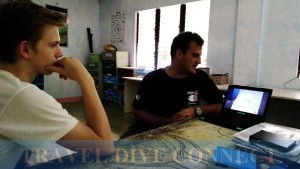
I came at the right time. A new volunteer was to be inducted, and I joined the proceedings. It was like a tour of their local operation, from lofty mission-visions to details of their day-to-days. Listening and looking around, it didn’t feel like it was set up as a vacation for volunteers and scholars.
The camp was located at an old run-down resort; with a main structure that hardly looked anywhere close to a resort. There was a gaping hole at the center of its roof. “Is that from Yolanda (Typhoon Haiyan)?” I asked. No, it wasn’t. They just hadn’t prioritized roof renovations, and it worked to shave a few pesos off their electricity bill.
Volunteers and scholars shared rooms with bunk beds and bathrooms. They experienced a persistent water supply problem so the bathrooms’ floor area was covered with tabos and timbas (dippers and pails), one for each volunteer.
Central to the operation was the office where the induction was conducted. It housed files and reports, whiteboards with plans, and in-house laptops. Unlike a typical office, they all worked in a long table with wooden benches. I sat in a rickety old bench, shifting my weight constantly for fear of the bench collapsing underneath me.
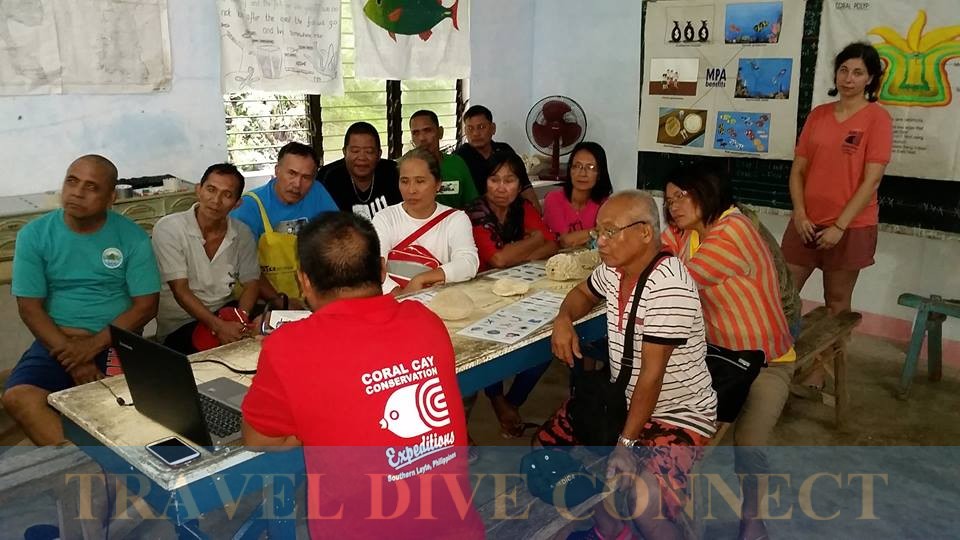
If activity wasn’t in the office, volunteers, scholars and Coral Cay project managers were outside – in the water or lounging around the camp’s front steps. There were a couple of tables and benches at the camp’s entrance, which were used for dive briefings, surface intervals (rest periods between dives), and post-dinner chitchat and beers.

This was the world of a Coral Cay volunteer and scholar. A Filipino scholar spent about a month in the camp. He or she underwent dive training and certification for two to three weeks, and reef check and conservation training for another week. This was at zero cost to them. They just had to get to the camp and pay for insurance coverage.
A volunteer spent a longer time in Southern Leyte. They got the same training and certification but they could stay for up to half a year if they wanted to contribute further to the cause. Their output made up the bulk of the NGO’s data, which was then assessed according to the requirements of their Philippine government counterparts.
And a volunteer paid for their training and accommodations – this was the NGO’s main source of funding. There were other out-of-pocket expenses too, such as laundry service fees, transportation costs within the communities, and the like.
Many of the volunteers I met during my visit were interested in marine conservation. They were either starting out in the field or wanted to pursue ecotourism projects of their own.
Making an Impact
Coral Cay’s connections ran from the provincial government down to the barangays that host them. In fact, the NGO’s location was dependent on their government counterparts. They stayed where their help was wanted. The team was constantly in touch with partners in the municipal and regional government offices for meeting, consultations and reports.
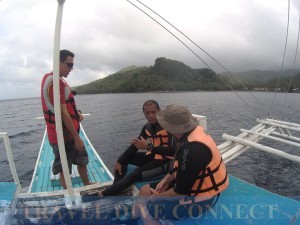
The training and reef assessment work done by volunteers and scholars went towards these liaisons with the government. Their data and assessments were used to support legislative action that selected areas for protection. Coral Cay also provided action plans for marine rehabilitation.
At the municipal and barangay levels, the team reached out through exposure and education programs. They took representatives to their camp for snorkeling trips and training. They visited schools and taught children about sea creatures and their importance to the ecosystem. Some of the artwork of these kids now graced a wall of the camp.
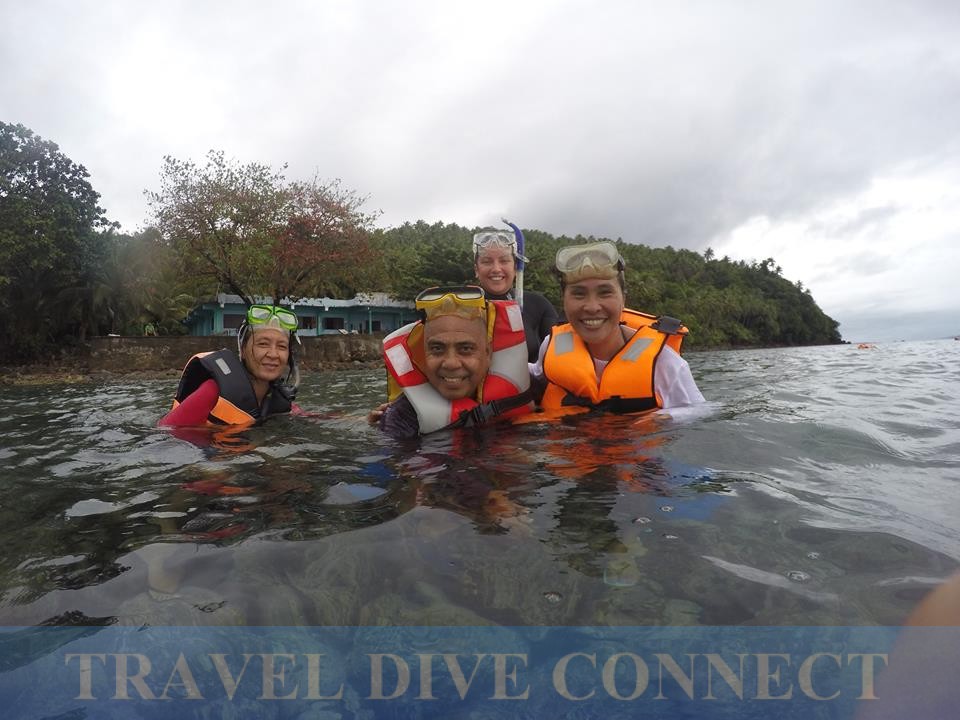
It didn’t stop there. Their years in the municipality of San Francisco, Southern Leyte had created a backyard economy dependent on their presence. Camp residents and visitors used motorcycle services that costed 50 pesos, one way. My inn’s landlady frowned upon this rate, commenting that the cost between towns – a longer route – was only 20 pesos. But then again, she benefited from Coral Cay too as her place was the preferred inn for the NGO’s guests. I also noted how laundry rates were close to or slightly higher than Manila rates.
Olly, the team’s project lead, was aware of this and viewed it positively. He did the math and he was right. The people who provided service earned just enough. It felt good to hear this from him. It was an attitude that encouraged truly giving back to the community.
Volunteer Tourism That Works
Coral Cay makes volunteer tourism work. Volunteers get the training and experience they need to move forward in their chosen fields. They are able to give back through data gathering and community work. Scholars get diving certifications and reef conservation training for free, with no strings attached. The barangays benefit from the NGO’s presence through service provision and educational engagements.
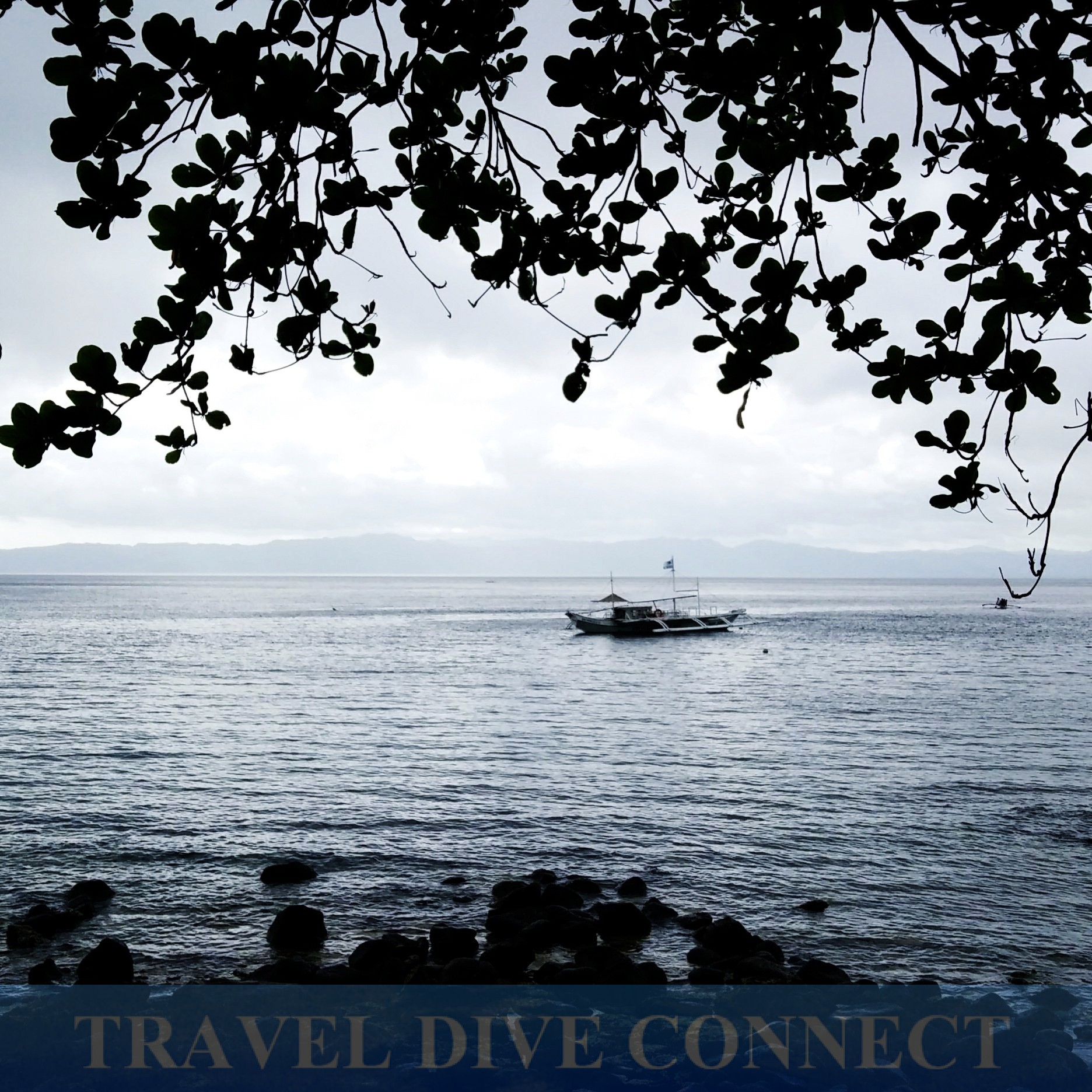 The disconnect happens at the higher level, where reports, assessments and protection (on paper) need to also come with action. From experience, the NGO still observes the occasional illegal fisherman within Napantao, which has been under protection for more than 15 years. Coral Cay’s work has helped convert several of Southern Leyte’s waters into MPAs. But they have limited access to these sections and can’t know how the protected area guidelines are being followed.
The disconnect happens at the higher level, where reports, assessments and protection (on paper) need to also come with action. From experience, the NGO still observes the occasional illegal fisherman within Napantao, which has been under protection for more than 15 years. Coral Cay’s work has helped convert several of Southern Leyte’s waters into MPAs. But they have limited access to these sections and can’t know how the protected area guidelines are being followed.
Then again, implementation is really outside the jurisdiction of an international organization. This work has to be done by the barangays, and the municipal and regional governments.
Since 2013, the Philippines is the number one searched-for country when it comes to volunteer tourism. This should be seen as an opportunity to get help where there is a lack of government and private support. As in the case of Coral Cay, marine assessment and research is one of these areas. And, we’re lucky to benefit from the NGO’s presence. We just have to follow it up with action.
http://www.psmag.com/business-economics/the-problem-with-volunteer-tourism-64838
https://en.wikipedia.org/wiki/International_volunteering
